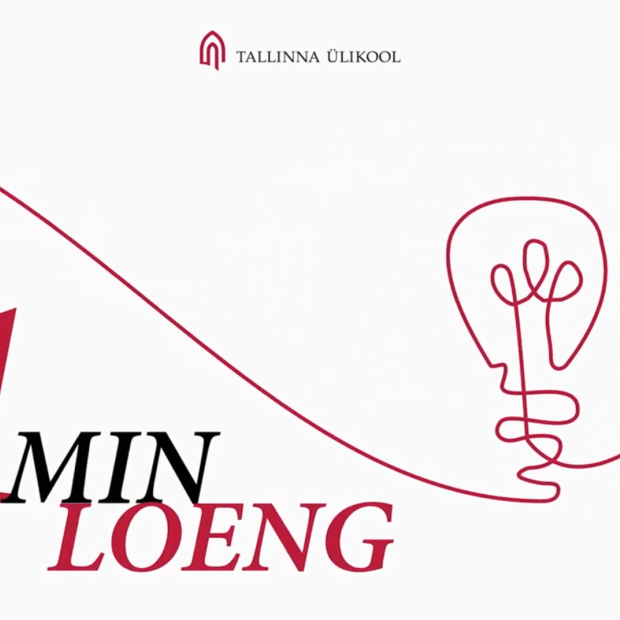Ask a Researcher: Are the Youth Hopeless? (Lianne Teder)
Problematic youth has been an issue since the beginning of times, according to legends. In the real world, they are going through interesting times in their lives, but they are definitely not hopeless, says teacher of Youth Work and Non-Formal Education at Tallinn University, Lianne Teder.

Problematic youth has been an issue since the beginning of times, according to legends. In the real world, they are going through interesting times in their lives, but they are definitely not hopeless, says teacher of Youth Work and Non-Formal Education at Tallinn University, Lianne Teder.
Asking whether young people are hopeless makes us compare two opposites – one the one hand young active people and on the other hand those who have come to a conflict with the rules within the society. These opposites exist in every age group. It is, however, more common for young people to test the limits, question traditions and offer new solutions, believe in change, and have more will and courage to take risks. That is why they stand out from other age groups.
The percentage of young people has diminished from a quarter to just 21,6 per cent in the last decade. The Youth Work Act has defined a young person has one between the ages of 7 and 26. This compromises many stages of development, new beginnings and ends; entering many schools and graduating, getting to know their own homeland, and the world, becoming a citizen; growing up with a family, moving out, having relationships, starting a family, becoming employed.
In 2016/2017, 44% of young people were students in the first to third stages of general education schools. Of all those in basic school, ~58% – 116,415 young people – take part in hobby education and recreational activities. Around 2,500 young people take part in Erasmus+ youth mobility programmes. There are at least 15 youth organisations with more than 500 members. If we count in the Estonian Defence League and their sub-organisations, we find that at least 14,000 young people – 5,2 per cent of all – are organised in some way.
Add to that student councils at every school and youth councils at local municipalities, etc. In 2016, young people could go to 263 youth centres across the countries, and 29,423 young people attended camps.
The research project EXCEPT at the Tallinn University School of Governance, Law and Society Institute of International Social Studies found that youth welfare was directly connected to their participation in the society. Employed youth are more satisfied with their life everywhere in the world, but the impact of unemployment is reduced in countries where there are more chances to continue education.
The other half – those having problems with the law – counts to 24 underage prisoners in 2017 and 1,514 young people assigned to juvenile committees in 2014. Comparing this data, we can say that young people are definitely going through interesting times in their lives, but are in no way hopeless.




